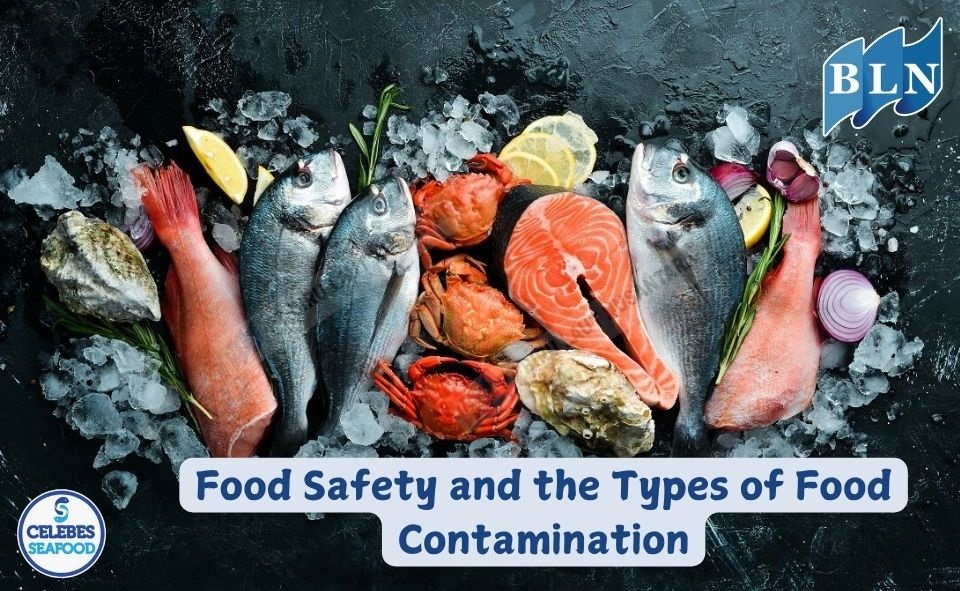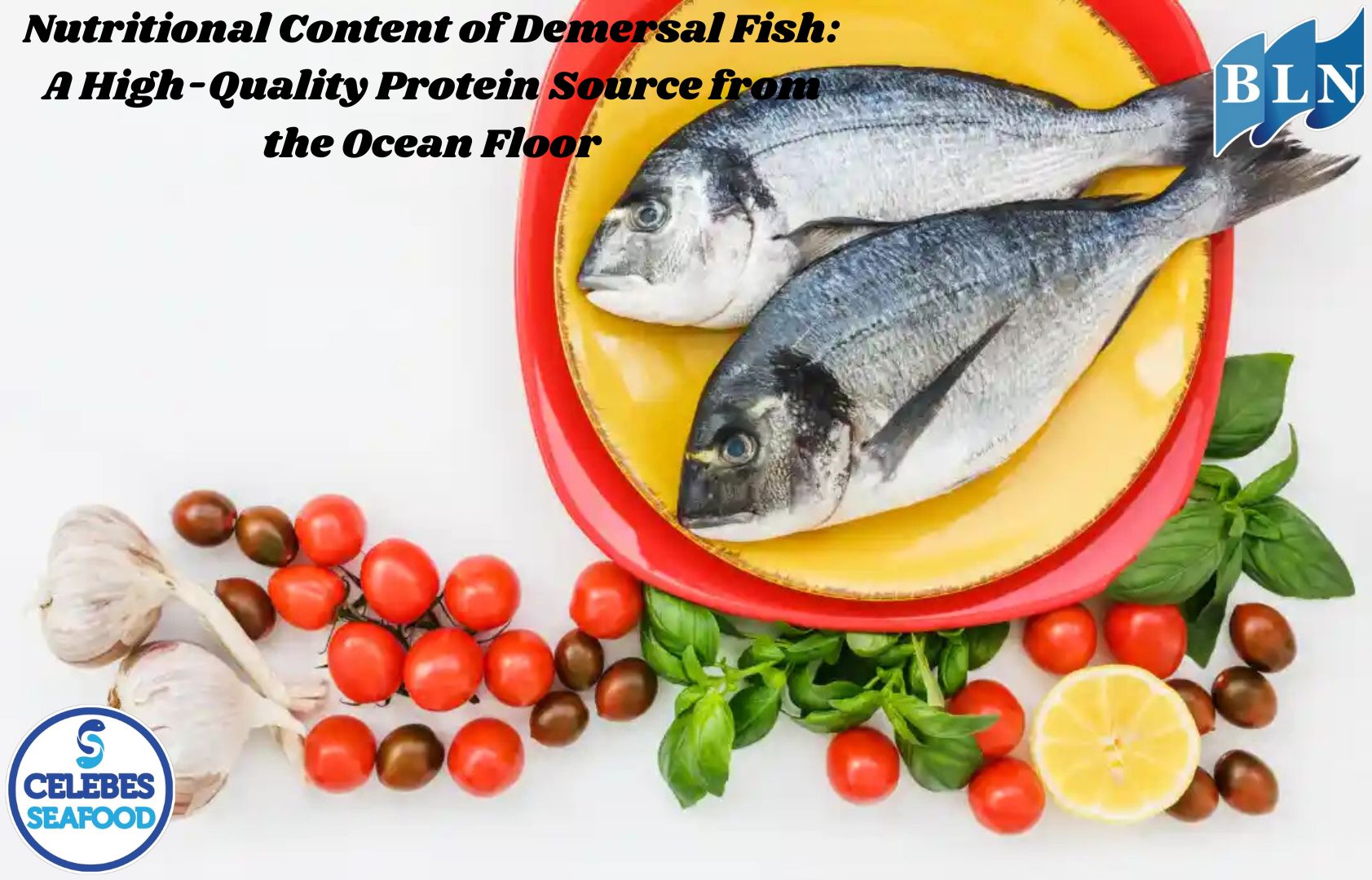Food Safety and the Types of Food Contamination
By. Rani - 13 Jan 2025
lautnusantara.com It is important to understand the potential hazards and risks of food safety. Food contamination is one such risk. The various types and sources of contamination, and the preventive measures that must be taken to ensure food safety.
What is food contamination?
Food contamination refers to when something gets into food that shouldn't be there, thereby making the food unsafe to eat. Food-borne illness and its business-destroying cousin, the food-borne illness outbreak, are caused by food contamination.
While there are many food safety hazards that can cause food contamination, most fall into one of three categories: biological, physical or chemical contamination. In many cases, a single hazard can introduce more than one type of contamination to food.
Types of food contamination
BIOLOGICAL CONTAMINATION
Biological contamination occurs when food becomes contaminated by living organisms or the substances they produce. This includes biological matter produced by humans, rodents, insects and microorganisms. Biological contamination is the leading cause of food-borne illness and food poisoning*, and a common cause of food spoilage and food waste. There are six types of microorganisms that can cause food-borne illness: bacteria, viruses, parasites, protozoa, fungi and prions.
PHYSICAL CONTAMINATION
Physical contamination occurs when a physical object enters food at some stage of the production or preparation process. Physical objects in food can be a choking hazard and often introduce biological contaminants as well. Even if the object is not likely to injure your customer, finding an object in their food can be very distressing for a customer (who knows that harmful microorganisms on the object could make them ill). Common examples of physical contaminants in food businesses include: Hair,Fingernails, Bandages
CHEMICAL CONTAMINATION
Chemical contamination occurs when food produces or comes into contact with toxic chemicals, which can lead to chemical food poisoning. Chemical contaminants fall into one of two categories: natural and artificial. Common chemical contaminants include: Cleaning products (e.g. detergent, sanitizer)
CROSS-CONTAMINATION
Cross-contamination is the accidental transfer of contaminants from one surface or substance to another, usually as a result of improper handling procedures. In a food setting, the term refers to the transfer of contaminants from a surface, object or person to food. Cross-contamination usually refers to biological contamination but can also be physical or chemical.
Cross-contamination in a food business often occurs as a result of: Food Handlers (e.g. microorganisms from sweat, sneezing/coughing, hands, hair, clothing)
If you intereset our Barramundi Skinless Tiger Style, SLIPPER LOBSTER MEAT, Redfin Emperor Fillet Skin On, OCTOPUS WHOLE CLEANED FLOWER TYPE
please do not hesitate to contact us through email and/or whatsapp

 in Fisheries Exports.jpg)
.jpg)
.jpg)

.jpg)
 The Producers of Aquatic Ecosystems.jpg)

